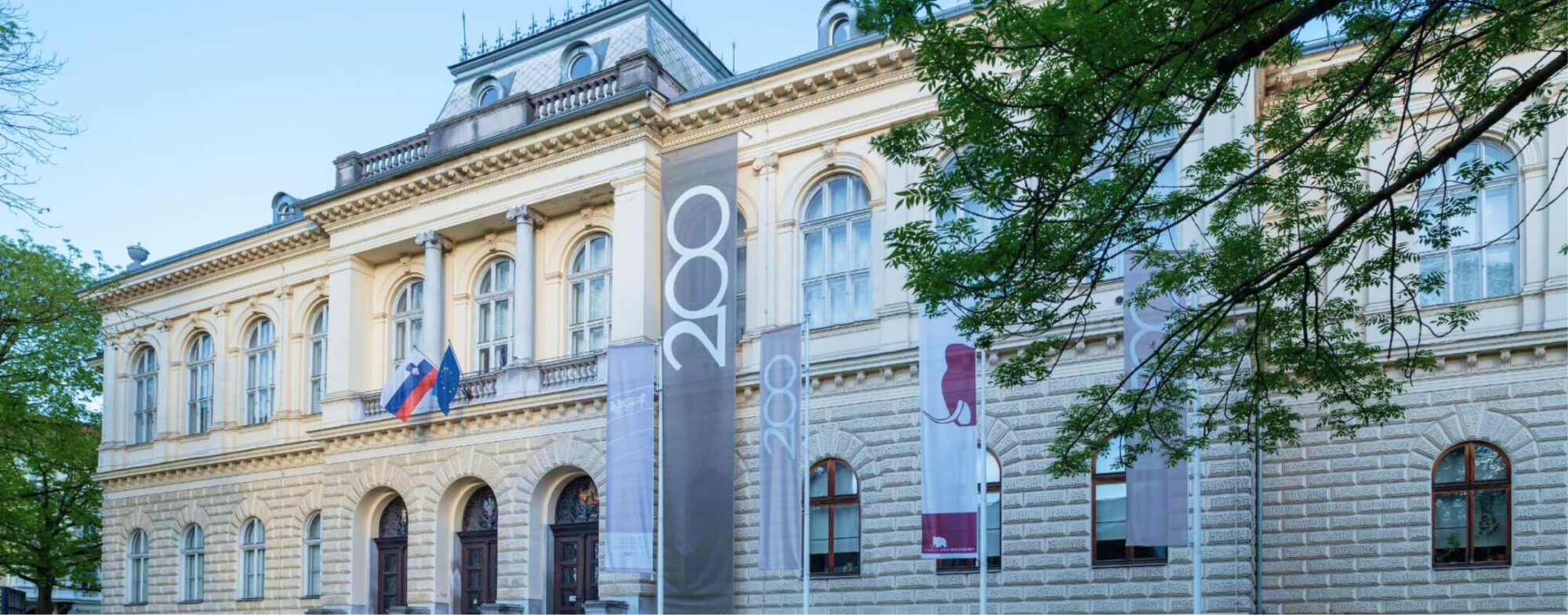One of the most prominent items in our possession is the herbarium from 1696 by Janez Krstnik Flysser from Ljutomer, made at the request of Janez Gabrijel Gallermayer. Although not much is known about neither the author nor the client, the herbarium speaks of the influence of the Renaissance movement and humanity’s renewed interest in Nature on the territory of present-day Slovenia.
The term herbarium originally meant a book on medicinal plants. Only around 1700, the French botanist Joseph Pitton de Tournefort (1656–1708) used this term to designate a collection of dried plants. Subsequently, Carl Linnaeus adopted this usage as well. Thanks to him, the word came into general use and replaced other terms for collections of dried plants, such as hortus siccus (“dried garden”).
The earliest herbaria were created in the 16th century when technological advancements in paper production made it possible to buy large quantities of paper at a low price. The Italian professor of botany at the University of Bologna Luca Ghini (1490?–1556) is believed to have been the first to dry plants under pressure, attach them to sheets of paper and bind them into a book. This first herbarium was not preserved, but his students continued to use the technique and eventually, it spread across Europe. By the time of Carl Linnaeus (1707–1788), the technique of making a herbarium book was already well known. He however quickly realized that it was easier to classify plants if the sheets were not bound in a book, but rather kept separate. Thus the first collections consisting of separate herbarium sheets were created. It is worth noting that herbaria were not only produced by botanists but also by wealthy individuals, who liked to collect exotic plants to make their cabinets more impressive.
Flysser’s herbarium is a large book with wooden covers bound in leather. It contains 204 pages and 993 plant specimens, most of them likely coming from the territory of the former Republic of Venice. There are also some ornamental and cultivated species. The plants are labeled with their Latin names, and in some cases a German name is also added. The herbarium was a property of the Zois brothers and later came into the possession of the Lyceum library as part of their legacy. In 1838, it was transferred to the Provincial Museum of Carniola. Sometime later, Karel Zois attached a list of its contents, which is also kept by the Slovenian Museum of Natural History. Flysser’s herbarium is the oldest in Slovenia and one of the oldest in the world.


